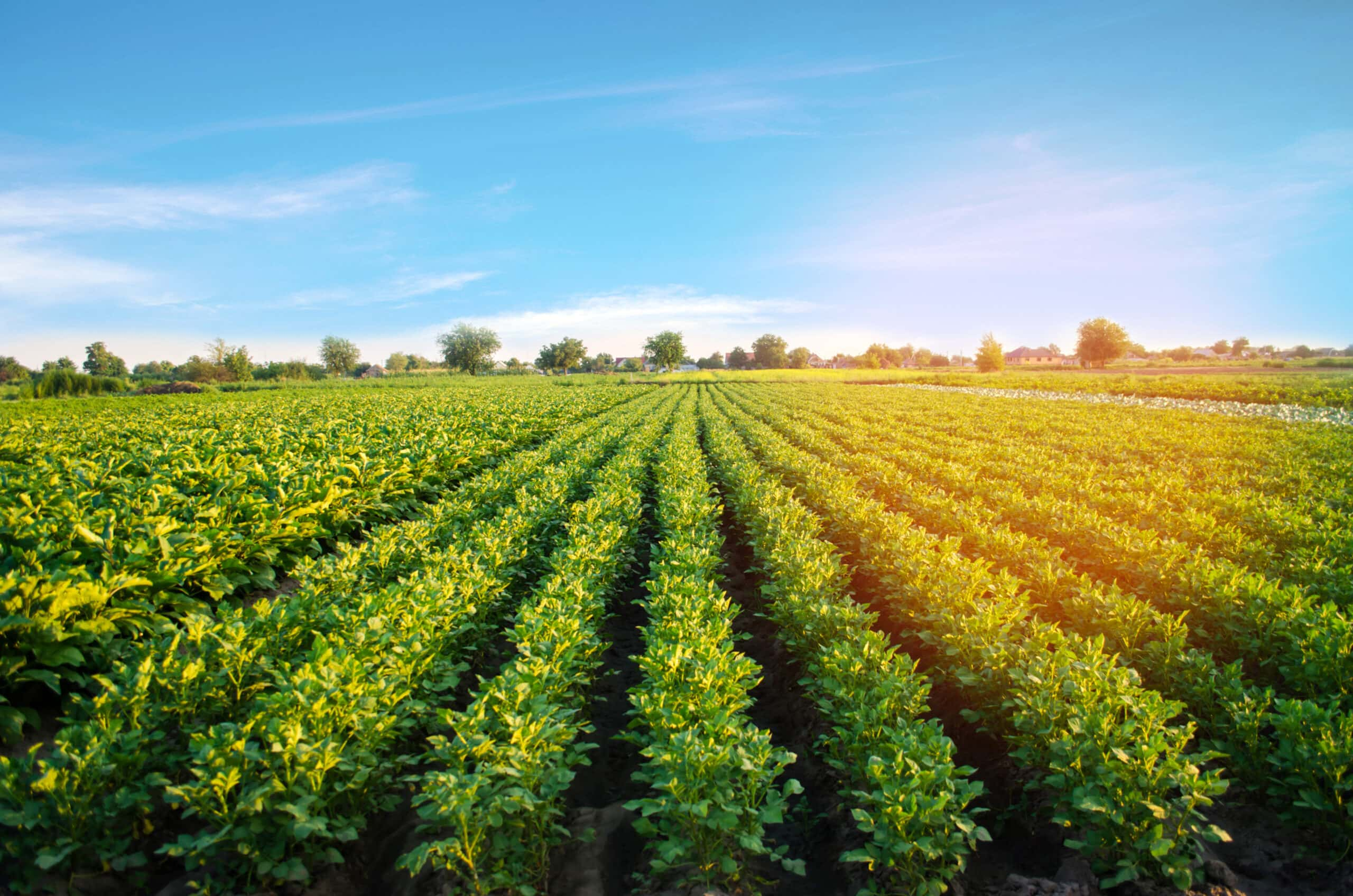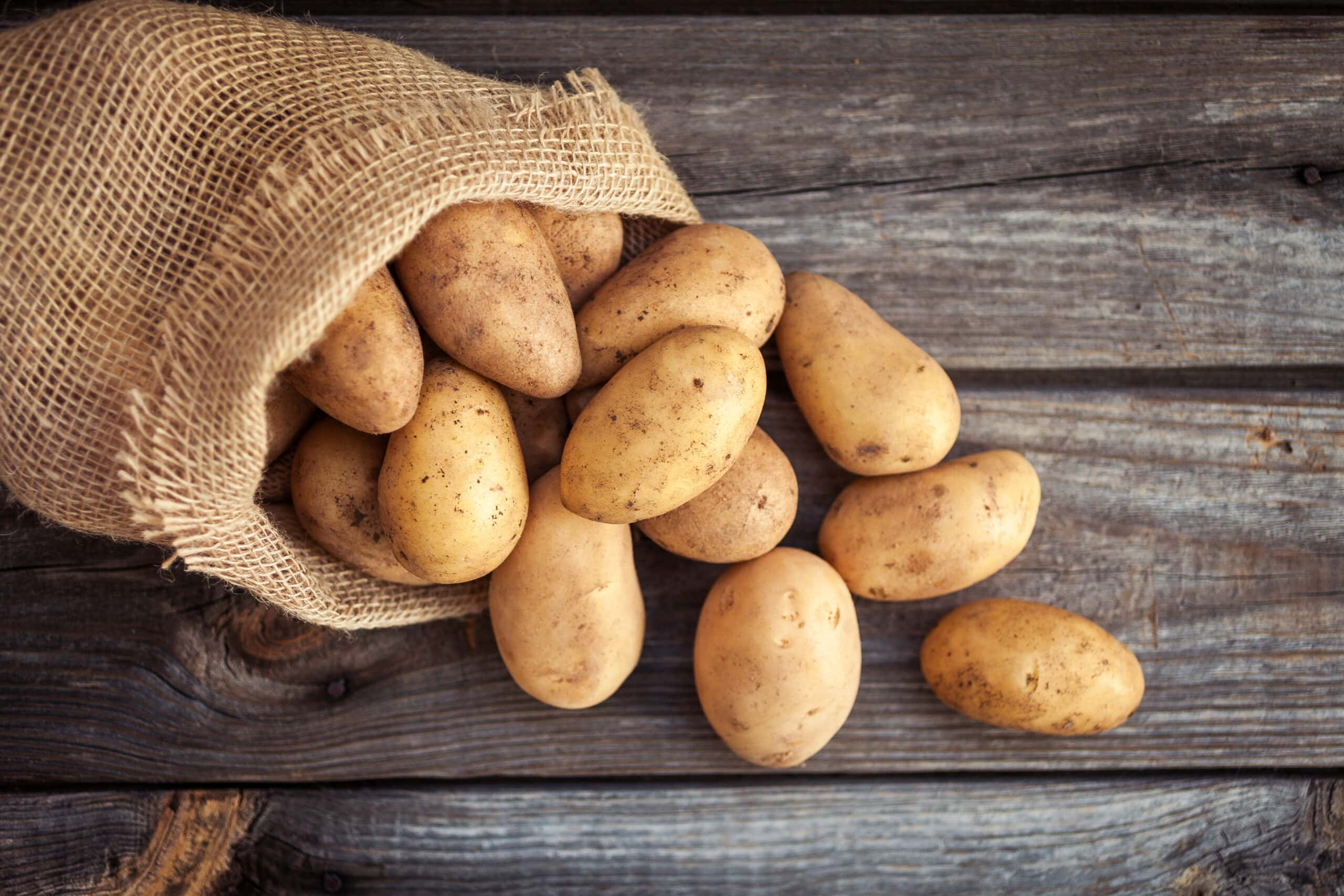Is there any better pleasure on earth than tucking into a fluffy, creamy pile of mashed potatoes? They might just be the ultimate comfort food. For many of us, they were a childhood staple, and each family had its own special way of preparing them—from lumpy to smooth, plain to cheesy to garlicky, with gravy or without. But! Not all potatoes are created equal. Some types of potato just turn to a gluey mush when you try to mash them. If you’re going put in the effort to mash potatoes, you want them to be AMAZING. So, what are the best potatoes for mashing?
What Are the Best Potatoes to Use for Mashed Potatoes?
There are about 4,000 varieties of potato in the world. Yup, you heard us right. And we tried every single one to determi...just kidding. That would be insane! There seems to be a general agreement about the types of potatoes best-used for making a mash. Starchy wins over waxy. Waxy potatoes can achieve a creamy texture, but they also hold their shape well, making them perfect for dishes like potato salad or scalloped potatoes.
Starchy or “floury” potatoes break down more than their waxy counterparts when they’re boiled, meaning that the composition of the spud and the hot water are doing the heavy lifting for you. What does starch have to do with it? Well, starch granules expand in boiling water, creating the fluffy texture that people love. Their creamy nature means you don’t have to overwork the potato to break it down into a mash.

What Are the Best Starchy Potatoes?
The most popular variety of starchy potato for making mashed potatoes is the russet. You may see certain websites or cookbooks calling for russet or Idaho potatoes, but actually, they’re the same—in the US, russets are known as Idaho potatoes. While they’re beloved for both fries and mash, there is one caveat: if they’re overworked, they can become gluey and unpleasant to eat.
What’s the solution? A variety often referred to as an all-purpose potato: the Yukon Gold. It’s both waxy and starchy, so it can be kept in the pantry and used in a variety of dishes. The experts over at Bon Appetit have called the Yukon Gold their gold standard for mashed potatoes.
Those are the most common types of potatoes that can be found in any grocery store, but some other starchy types are Purple Peruvian and Katahdin. But, there are many more kinds of waxy potatoes than starchy, so whatever you choose, make sure you've got the right kind.

How to Make Mashed Potatoes
Okay, you’ve got a couple pounds of Yukon Gold potatoes just waiting to be made into a delicious mash. What’s next? You can consult any recipe online, but the steps are generally the same: Wash your potatoes, peel them, chop them into uniform chunks, simmer in salted water, drain well, and mash away—but just until they’re fluffy. Most recipes are made extra creamy with a healthy amount of butter. Milk, cream, or yogurt are also popular additions. Season with salt, pepper, more butter, and whatever else your heart desires—roasted garlic! Chopped herbs! Blue cheese!—and serve. Voila, perfect mashed potatoes!